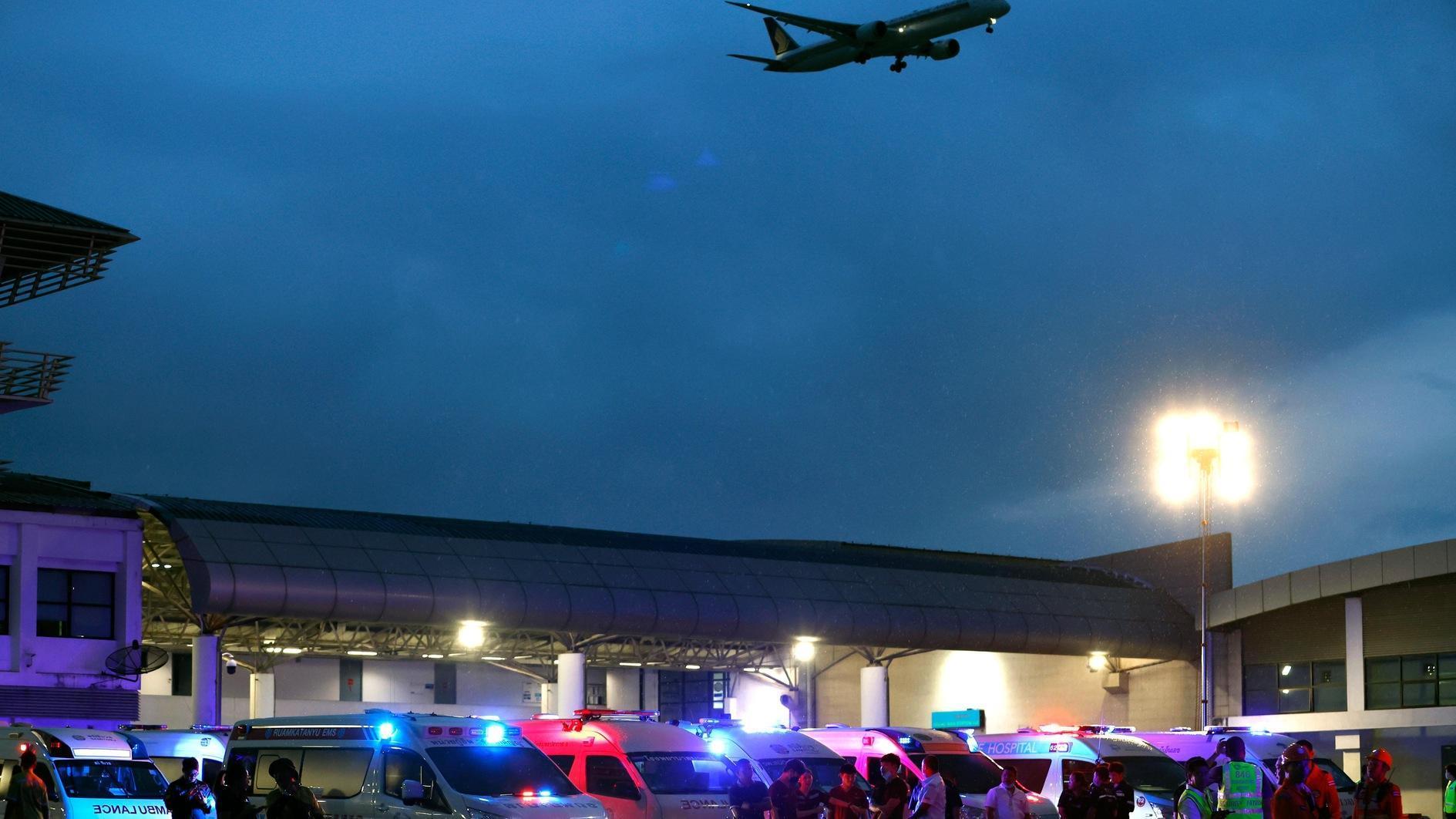Istanbul

Recent turbulence incidents on both domestic and international flights in Turkey which left people seriously injured are the result of global warming and climate change, experts have said.
Turbulence, a sudden disturbance in air currents, can rock an aircraft and cause it to lose several meters of altitude. Recently, a flight attendant on a flight from Istanbul to the western province of Izmir was thrown into the ceiling of the aircraft by turbulence, breaking her spine. The incident came a day after 12 people were injured on a Qatar Airways flight from Doha to Ireland due to turbulence over Turkey.
“Turbulence is essentially wind. Turbulence is wind moving up and down vertically due to temperature differences. Turbulence can bring aircraft down, lift them up or rock them,” said Professor Orhan Sen, who worked on two turbulence projects at NASA. Temperature differences intensify the strength of the wind, experts said.
“Global warming has caused temperatures to rise by 1.5 to 2 degrees, which has led to an increase in the intensity and frequency of high-altitude turbulence,” Shen said.
“In the past, if you flew from Istanbul to Qatar, you had three chances of encountering turbulence. Now, this figure is five. The number and severity of turbulence has increased. The key here is to wear your seat belt. Turbulence forecasts are very accurate.”
Experts explained that airport weather stations are installed primarily to prepare for such turbulence for pilots, who consult these stations and obtain turbulence maps before flying.
“Pilots know where turbulence will occur, that’s why they advise you to fasten your seat belt 5 to 10 minutes before. If you follow the pilot rules and the pilot has the turbulence map from meteorology, nothing will happen. Stay in your seat and fasten your seat belt. It is always the person who did not fasten the seat belt who gets injured. The safest mode of transportation is by aircraft.”
But Shen still suggested passengers should “get used to” severe turbulence, and aviation safety authorities now need to expand precautions and revamp procedures for the new situation.
Eyup Turşuk, a former pilot and expert in aviation accident investigations, told the daily Milliyet that pre-flight weather charts do not show all possible turbulence, highlighting the rapid development of turbulence.
Truszcz said the transition speed would be determined from the possibility of turbulence, if any, and stressed the need for new protocols to minimize the risk of turbulence affecting aircraft.
On May 21, Singapore Airlines Flight SQ321 encountered severe turbulence and was forced to make an emergency landing in Bangkok, killing one British man and injuring more than 100 people.
Passengers and crew were violently thrown across the plane during the terrifying high-altitude experience, suffering skull, brain and spinal injuries, and Singapore Airlines has since tightened its seat belt policies.


